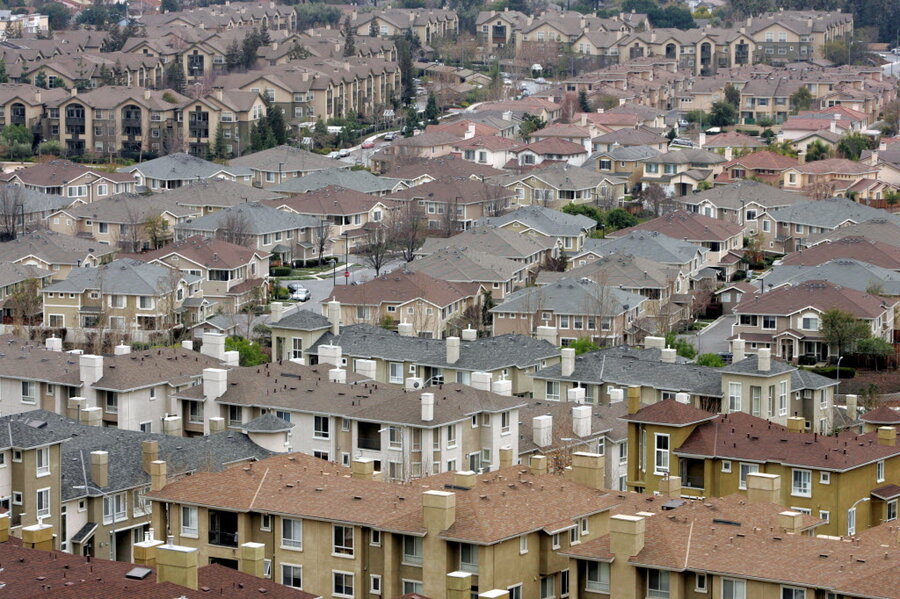How far does $100 go in your state?
Loading...
It is no secret that some US states are far pricier than others.
The same amount of cash, or the same after-tax salary, goes much further in southern states like Mississippi and Missouri than it does in expensive areas like Washington D.C. or Hawaii, according to a map published by the Tax Foundation. Based on 2013 data recently released by the US Bureau of Economic Analysis, the map illustrates just how far $100 goes in each state.
“The states where $100 is worth the most are Mississippi ($115.21) Arkansas ($114.29) South Dakota ($114.16) Alabama ($114.03) and West Virginia ($113.12), the authors of the map note. "In contrast, $100 is effectively worth the least in the District of Columbia ($84.96) Hawaii ($86.06) New York ($86.73) New Jersey ($87.34) and California ($89.05).”
“Regional price differences are strikingly large; real purchasing power is 36 percent greater in Mississippi than it is in the District of Columbia," they add.
Many assume that a high cost of living is generally correlated with higher salaries, better infrastructure, and a greater concentration of cultural events and urban community, but the research reveals that there are exceptions to this rule. There are some places where the cost of living is low and the salaries high. What’s more, some of the cities located in the states with the highest purchasing power have the same amenities as the costly urban hubs in expensive states such as New York and California.
“Some states, like North Dakota, have high wages without high prices,” says Alan Cole, an economist with the Tax Foundation.
“Usually when prices are high they are high for a reason. This is often about urban vs. rural. But it’s not always true, or as true as it looks.”
According to Mr. Cole, metropolitan areas in Texas and Illinois have low housing costs despite their desirable urban locations. Chicago, Illinois and Austin, Texas are two of the most notable examples. Housing costs are comparatively low in these areas because there is an abundance of land to continue expanding and building on. Moreover, zoning laws in these spots are lax compared to laws in New York and California, where people looking to build and develop face more restrictions.
“The Austin area has below average costs for the country, much less than a normal metropolitan area. And people think it’s an interesting place. Austin is around 17 percent cheaper than San Francisco by these calculations,” Cole points out.
Another example of an inexpensive yet desirable urban area is St. Louis. In Missouri, $100 can actually buy you $112.11 worth of goods, according to the map. Nevertheless, it’s considered an attractive place to live for many students, and is increasingly becoming a hub for technologically-inclined startup enthusiasts.
“St. Louis is occupied by nearly 40 colleges, universities, and technical schools. In addition to its importance as a bio-tech and business center, the rivers and Port of St. Louis play a large role in moving goods throughout the country,” noted Forbes.
Proximity to transportation routes is an important part of what makes one state more or less expensive than another, experts point out. Differences in transportation costs often account for why the same product costs far more in Massachusetts than in Arkansas.
“Some [price differentials] can be attributed to differences in the manufacturers’ costs of production and others to differences in transportation costs,” wrote Dr. Sarah Rummery, Assistant Professor of Economics in the Department of Economics and Finance at Stephen F. Austin State University, for the Texas Labor Market Review.
“Other price differences are due to variations in state and local tax rates, while still other price differences can be attributed to the degree of regulation in the market where the product is sold.”
Meanwhile, Cole notes that transportation costs are a big part of the reason why money goes further in cities such as St. Louis.
“St. Louis is very, very cheap. It benefits from being well-located. The Mississippi river area does really well, which is partly because of shipping, the ability to get goods pretty easily,” says Cole.
As the authors of the Tax Foundation map note, these differences are often overlooked when progressive policies such as minimum wage and public benefits are put into place. So if you have a high salary but live in an expensive state, you may be paying higher federal taxes than someone whose lower salary has more purchasing power.








